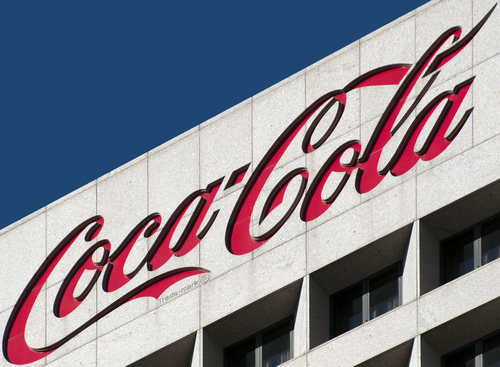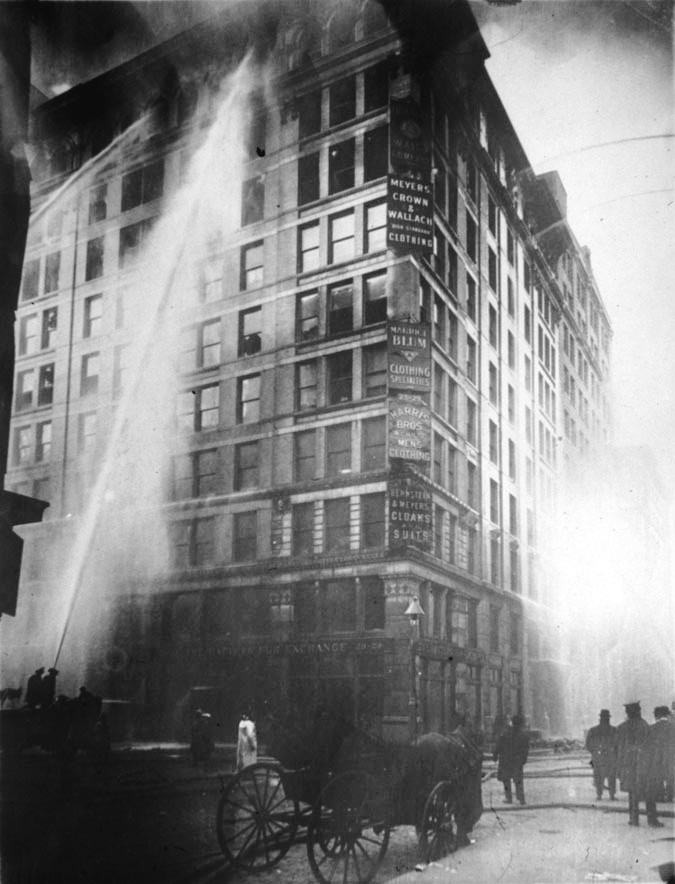One of the world’s largest beverage companies has successfully embraced the somewhat modern practice of funding employee benefits through captive utilization.
Coca-Cola recently began reinsuring some of its international pension liabilities through its Dublin-based captive, Coca-Cola Reinsurance Services Ltd. The captive reinsures about 0 million in annuities written by insurers for benefits provided to enrollees in three Coca-Cola pension plans in the United Kingdom and Ireland.
buy stendra online www.handrehab.us/images/patterns/jpg/stendra.html no prescription pharmacy
After years of operating their own captive, Coca-Cola Reinsurance Services Ltd.
, to fund a portion of their employee benefits, the beverage giant will now cover international benefit liabilities through a captive.
Coca-Cola had been handling “quite significant” property/casualty risks in its captives for “quite some time,” said Stacy Apter, senior global benefits consultant with Coca-Cola and a panelist at the conference. “Why would we not be taking advantage of the same efficiencies on the employee benefits side when they are more predictable risks?
buy augmentin online www.handrehab.us/images/patterns/jpg/augmentin.html no prescription pharmacy”
Apter stated that medical coverage, as an example, is similar to a cash flow operation, in that it is not difficult to predict yearly costs. It seems that employee benefit captives would be a good move most sizable companies, though only a handful have fully embraced it.
A few online resources for learning more about the world of employee benefit captives:
- Captive.com — “Using Captives for Employee Benefits” covers why employers are using their captive for employee benefits, who has done it so far, how existing transactions have been structured and the primary issues that employers need to evaluate.
- TowersPerrin.com — “Employee Benefits: Captive Manager’s Key Roles” explores the importance of having the right external partners when choosing a captive and how to ensure appropriate coordination among the internal and external parties involved.
- Aon.com — “Employee Benefit Captives: Their Role in Managing Enterprise Risk” is a concise reference that can serve as a reference for further examination of the business issues involved in the placement of employee benefits risks in captive insurers.




